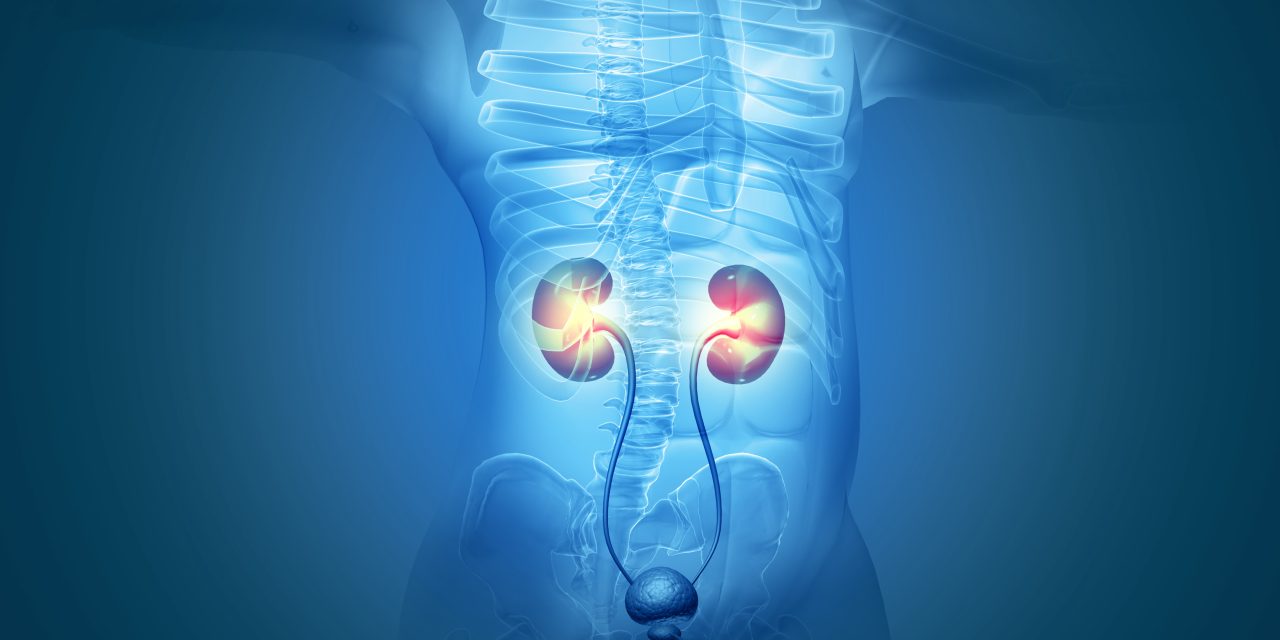To propose an algorithm for the management of bladder amyloidosis based on a systematic review of the literature, given that the bladder is the second most commonly affected organ of the urinary tract in the course of systemic or localized amyloidosis.
We searched PubMed, Cochrane Library and Scopus databases utilizing PRISMA methodology from inception to November 30, 2020 (PROSPERO: CRD42020207855).
We included 76 studies with 184 patients (9 case series and 67 case reports). Presenting symptoms of bladder amyloidosis comprised of hematuria, irritative or obstructive urinary symptoms and cystitis-like symptoms. The diagnosis of amyloidosis was established by histological examination of specimens retrieved during transurethral resection of bladder lesions. Complete endoscopic resection, the cornerstone of management of localized disease, was feasible in 89.1% cases. The included patients were followed up for a mean of 54 months, within which 65 patients (35.3%) recurred. The time to first amyloidosis recurrence was 20 months (range: 1 to 168). Additionally, 16 individuals presented with concomitant bladder amyloidosis and bladder cancer, while four developed bladder malignancy during follow-up. Due to the frequent and early recurrences of patients with bladder amyloidosis, a check-up cystoscopy at 3, 12 and 24 months after initial resection is recommended. Recurrences should be managed with transurethral resection, while intravesical instillations of dimethyl sulfoxide (DMSO) and cystectomy should be reserved for refractory cases.
We propose a management algorithm for bladder amyloidosis based on the available evidence for this rare benign entity that mimics bladder cancer.
Copyright © 2021 Elsevier Inc. All rights reserved.
Amyloidosis of the urinary bladder: a systematic review and a proposed management algorithm.


